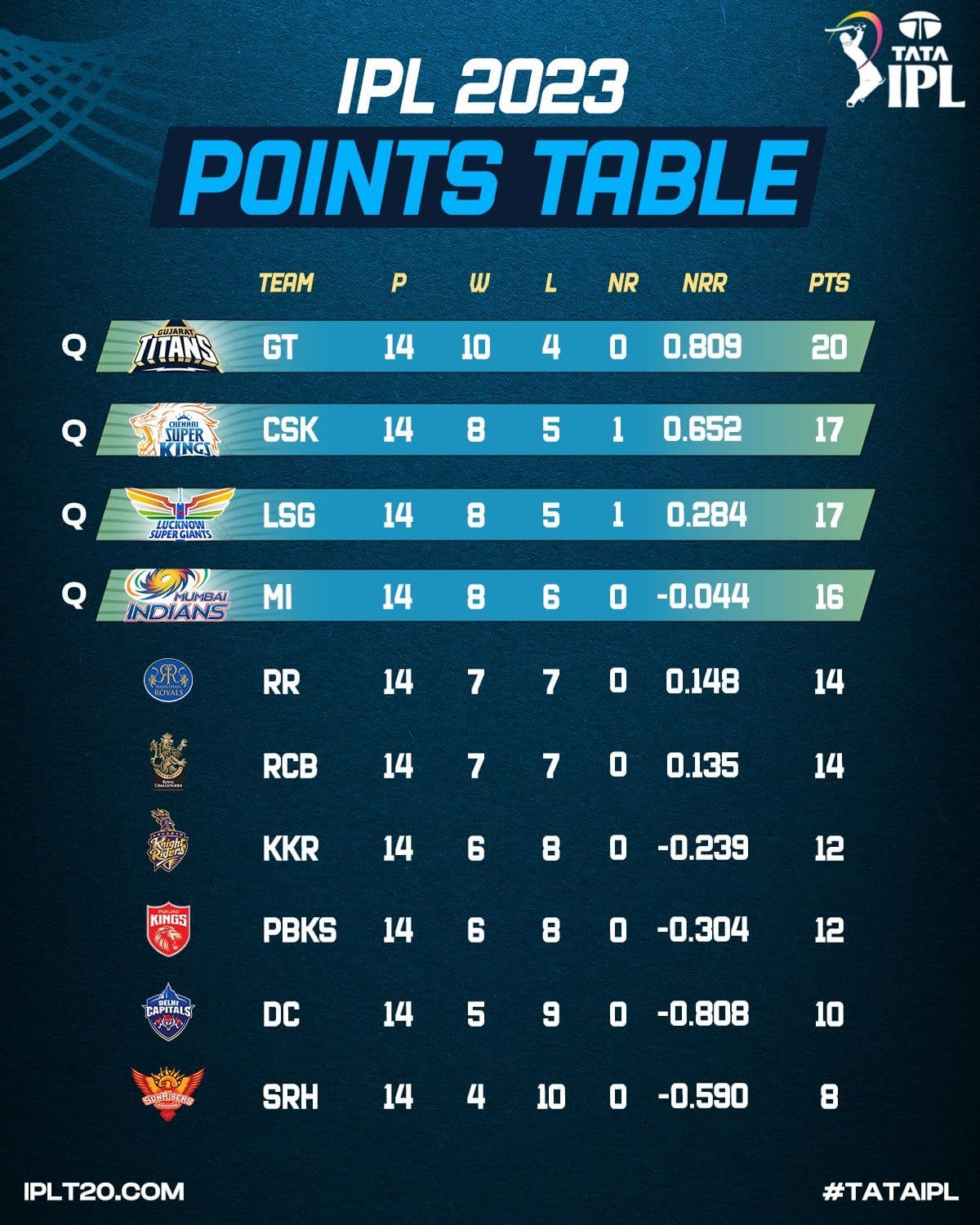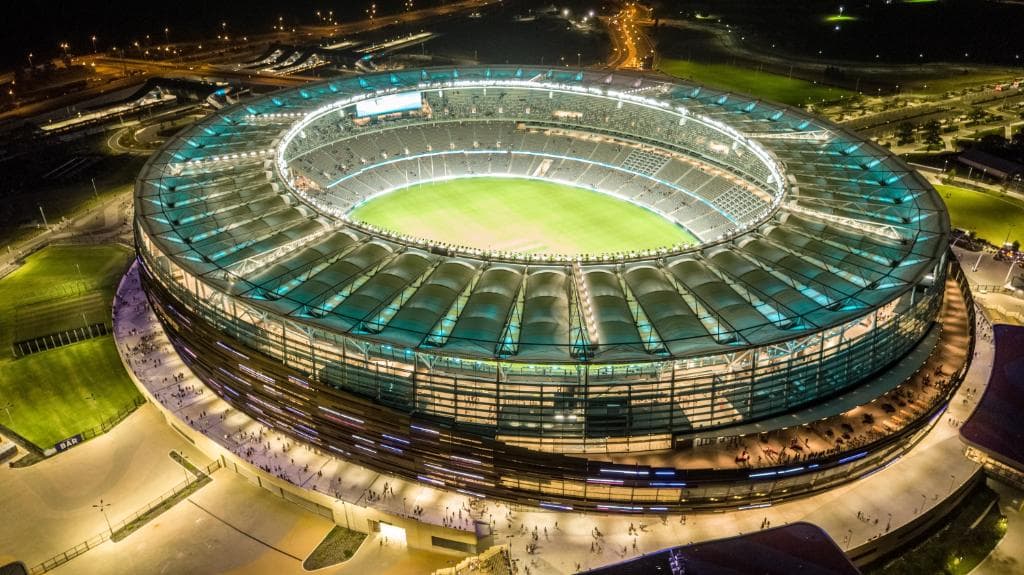Cricket
Cricket Pitch Length, Measurements and Dimensions: A Comprehensive Guide
Here is an explainer on the size of a cricket pitch, how it is maintained, and the different types of pitches used in international cricket.

A cricket pitch is where cricketers play the game. It's a flat, rectangular area made of trimmed grass where the action happens. It is the centre stage where bowlers aim to deliver their lethal deliveries and batsmen strive to score runs. The pitch holds secrets within its soil, dictating the ball's behaviour, and favouring spinners or pacers based on its condition. Each pitch has its unique characteristics, influencing the outcome of the game.

Cricket pitch length in feet and meters
The cricket pitch is the strip in the middle of the field where the game is played. It's 22 yards long and 10 feet wide. The dimensions in metres are about 20.12 metres length and 3.05 metres wide. Usually, it's covered with short grass, but sometimes it can be dry, dusty soil with very little grass.
The bowling crease, which is 2.64 meters long, marks the end of the pitch on both sides. There's a rectangular strip in the middle of the pitch with imaginary lines running parallel to the popping creases on each side. This strip, called the 'Protected Area', is where players aren't allowed to enter, and it's about two feet wide.
Protected Area on a cricket pitch
The "protected area" or "danger area" is in the middle of the pitch. It's a rectangular space, two feet wide, starting five feet from each popping crease. Bowlers aren't allowed to step on this area during their follow-through to keep the game fair.
Bowlers are banned from stepping into the protected area because their follow-through can create rough patches around the crease. These rough areas can lead to unpredictable bounce and turn, making it challenging for batsmen.
Umpires warn bowlers who violate this rule twice. If they do it a third time, the bowler is not allowed to bowl for the rest of the innings.

Main types of pitches in cricket
Pitches vary across the globe, impacting how cricket matches unfold. The characteristics of a pitch are crucial, affecting team choices and performance. Typically, there are three main types of pitches you'll see in international cricket.
Green pitch
A green top, covered with grass longer than usual, offers great help to fast bowlers, as the ball tends to swing and move unpredictably off the surface. Bowlers can exploit the pitch's moisture and grass to generate swing and seam movement, making it tough for batsmen to play their shots. Green pitches are common in countries like England and are best suitable for the two longer formats of cricket.
Dry pitch
A dry cricket pitch lacks moisture, making it appear parched and cracked. Found mostly in the subcontinent, dry pitches are tough for bowlers as the ball doesn't bounce as much, making it easier for batsmen to score runs. However, spin bowlers can benefit as the game progresses, as the dry surface helps them grip the ball better, making it spin.
Flat pitch
A flat pitch has minimal grass covering and no cracks. The ball doesn't bounce much or move unpredictably on one such pitch. This makes it easier for batsmen to play shots because they can predict how the ball will behave. Bowlers find getting wickets on a flat pitch challenging because there isn't much help from the surface. Matches played on flat pitches often result in high scores.
Maintenance of cricket pitches
Here’s how a cricket pitch is maintained

Covering
When covers are placed on the pitch by groundskeepers to protect it from rain or dew, it's considered covered. This affects how the ball behaves when it hits the pitch, which can be become a matter of controversy. Law 11 of Cricket's rules says the pitch shouldn't be entirely covered during the match unless agreed upon. In bad weather, bowlers' run-ups may be covered to keep them dry. If covers are used overnight, they're taken off early each day before play.
Rolling
Rolling enhances the pitch by pressing down the soil, decreasing the amount of grass, and creating a smooth surface. This process ensures that the pitch behaves predictably during the game, allowing fair play for both batsmen and bowlers. The batting team's captain can request the pitch to be rolled for up to seven minutes before each inning and at the start of each day's play.

Sweeping
This is a preparatory step before rolling the pitch in cricket. It involves clearing away any debris from the pitch's surface. This ensures that the rolling process doesn't cause damage or unevenness. The pitch is swept regularly, including before meals, between innings, and at the start of each day's play.
Securing of Footholds
Umpires permit batsmen to beat the pitch with their bat to secure their footholds using sawdust. However, this is allowed only if it doesn't damage the pitch.
Maintenance of footholes
In rainy conditions, umpires must ensure that the holes created by bowlers and batters are cleaned and dried to keep the game going smoothly. In matches lasting longer than two days, umpires can allow for the repair of bowlers' foot holes or use quick-setting fillings before each day's play begins.
FAQs
What is the IPL pitch length?
The length of the pitch in the IPL is same as in international cricket - about 20.12 metres in length and 3.05 metres in width.
What is the measurement of a cricket pitch in meters?
A cricket pitch is 20.12 meters in length and 3.05 meters in width.
What is the measurement of a cricket pitch length in foot?
A cricket pitch measures 66 feet in length and 10 feet in width.
Recommended Articles

Umaima Saeed is a professional sports writer whose articles have been featured in several leading websites. She writes long-form content on sports, particularly cricket. She has a penchant for telling human-interest stories. Umaima has contributed articles on cricket to more than a dozen publications, both in print and online.


